.webp)
Mobile-generated data is valuable — but too often trapped in silos.
In the 19th century, Sears took a bold turn: bringing itself directly into people’s homes through a simple yet visionary innovation — the mail-order catalog. From a basic piece of data — a postal address — the company transformed a transactional tool into an intimate, family-centric experience. The catalog became a fixture of daily life, sitting on coffee tables, browsed through as a family, annotated by hand for Christmas. For millions of households, it was their first real shopping experience from the comfort of home.
This approach already hinted at the future of marketing: present but non-intrusive, regular yet familiar, seamlessly integrating into consumers’ lives. Because what people remember is not just what a brand offers, but how it makes them feel. And this ability to create a personalized relationship — then as now — hinges on how well data is used.
Buying behaviors have grown more complex: we switch between stores, websites, ads, social media.
And for the most loyal customers, the mobile app has become a personal portal into the brand. What do we expect from it? A seamless, coherent, emotionally engaging experience. Mobile holds a unique power: it captures rich, contextualized signals and — like the catalog once did — finds its way not just into our homes, but into our pockets.
The Mobile App as a Point of Convergence
When a user downloads an app, it's rarely their first interaction with the brand. They've likely already seen an ad, received an email, or visited a store. The app becomes a point of convergence — a relational nerve center — where past interactions accumulate and come to life.
And with such potential come high expectations. We want the app to be personal, fast, smart. To know what we want, where we’re at, and to respond instantly. Navigation, purchasing, loyalty, service, communication — everything flows through the app. It’s the heart of the customer experience.
To meet these expectations, you need a unified view of the customer. But all too often, data lives in silos: CRM, point-of-sale, marketing automation. These fragments prevent a comprehensive view and a fluid, consistent experience. Centralizing data within the app and making it actionable in real time turns it into a relationship engine. Often, it's not about rebuilding your whole system — just a few well-integrated connections.
Breaking Down Silos and Unifying the Buying Experience
Mobile-generated data is valuable — but too often trapped in silos. Unless it’s connected to the other parts of the customer journey, it remains underutilized. By reconnecting it, you move from a functional logic to a more coherent, human-centered relationship — one that can generate emotion.
But knowing how to turn that data into a tangible experience within the mobile app is key. Three simple approaches make it possible: recognize, reward, and contextualize. Three ways to bring data to life — and build loyalty.
Three Simple Ways to Use Data Effectively
Recognize
Customer recognition is grounded in a fundamental principle of any relationship: reciprocity. When a user shares data — whether explicitly or implicitly — they expect it to be used intelligently to improve their experience.
Sephora’s mobile app illustrates this perfectly. Its loyalty program isn’t a separate module — it’s woven into the mobile experience as a continuous thread. With just an email address, users retrieve their past purchases, favorite products, loyalty points, and receive relevant recommendations. The interface reflects their profile and adapts to their preferences.
The results speak for themselves: app users buy twice as often and spend twice as much per year as non-app customers. That’s no coincidence. It’s the power of well-orchestrated recognition, turning the app into a natural extension of the customer relationship.
Reward
When someone invests — money, data, or attention — they expect an equivalent, if not greater, return. Sharing contact details, browsing the app, making a purchase — these are already acts of commitment. In return, users want a clear, immediate, and valuable payoff that goes beyond the product itself.
In a mobile environment where attention is fleeting, this dynamic is magnified. Every click, every minute in the app is an opportunity — or a risk. Offering nothing in return creates dissonance. Responding with a personalized, smooth, and enriching experience strengthens the bond. If a user enters your brand universe, they want to feel it was worth the effort.
Lululemon understands this well: for an app to drive loyalty, it must deliver immediate, perceived value. By linking mobile sign-up directly to its loyalty program, the brand removes friction entirely. Users become members effortlessly from the first interaction — no forms, no waiting.
Membership unlocks a world of perks: early access to new releases, personalized services like in-store alterations, exclusive content… even discounts from select partners, available only to members. The experience extends beyond the brand to a broader ecosystem of tangible benefits.
Users no longer open the app just to shop. They return because they feel valued, recognized… and rewarded.
Contextualize
If personalization is about knowing the customer, contextualization is about understanding the moment. It’s no longer just about who the user is, but where they are, when, in what context, and with what intent. Mobile enables this through the signals it continuously captures: location, weather, time of day, day of the week, activity level, or even the immediate environment detected by sensors.
By combining this data, a brand can deliver a more relevant, timely, human experience. This allows the app to adjust in real time and foster a true sense of closeness. It’s no longer just a transactional tool, but a helpful one — stepping in at just the right moment.
Canadian Tire demonstrates this well. Their app accompanies the customer from the living room to the hardware store, extending the experience into the store aisles. It starts at home, browsing or planning a visit. Once in-store, the app guides users to the exact shelf, allows them to call a sales associate via QR code or Bluetooth, and sends weekly reminders to reignite a project or inspire a weekend purchase.
This type of experience makes users feel that the app understands their intent and anticipates their needs. It’s no longer just an app — it’s an ally that makes life easier.
Don’t Be Sears
Sears didn’t fail for lack of vision. It failed because it stopped evolving. It had understood — long before most — the power of data, the potential of personalization, and the value of a rich, intimate customer experience. But it failed to carry that understanding into the digital age.
Today, the mobile app is the modern catalog. It’s not enough for it to be functional or beautiful. It must be smart, connected, emotionally engaging — and most importantly, constantly evolving.
Be Sephora: recognize your customers.
Be Lululemon: reward them from the start.
Be Canadian Tire: contextualize the experience to enrich it.
Other articles

.webp)
.webp)
.webp)
Mar 31, 2025
Ratings & Reviews: Their Impact on an App's Success
An app’s success isn’t solely based on meticulous engineering or eye-catching designs. It’s crucial to deliver a product that is high-performing, accessible, useful, and user-friendly, alongside a go-to-market (GTM) strategy tailored to the digital product ecosystem.
.webp)



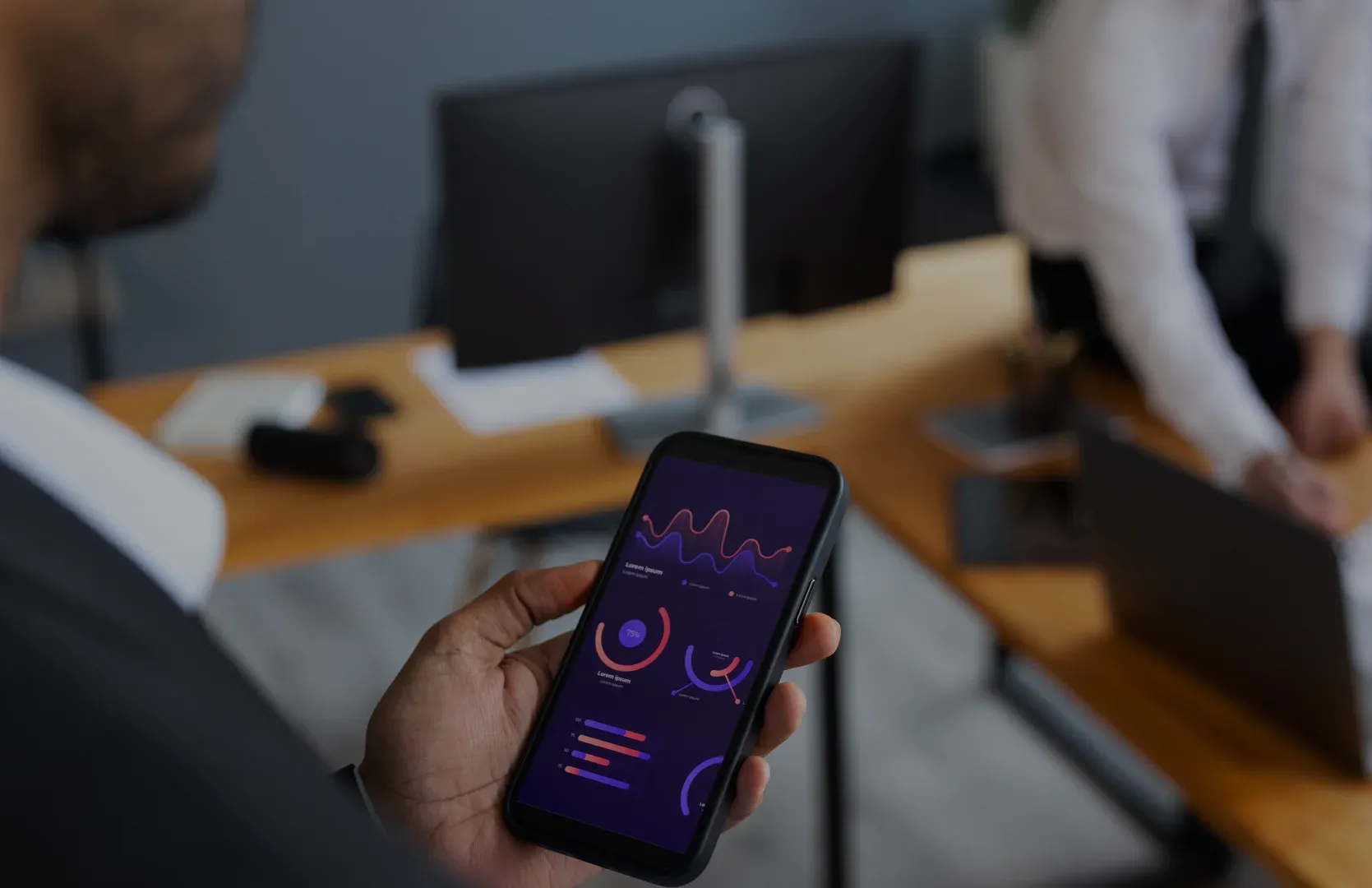




.png)

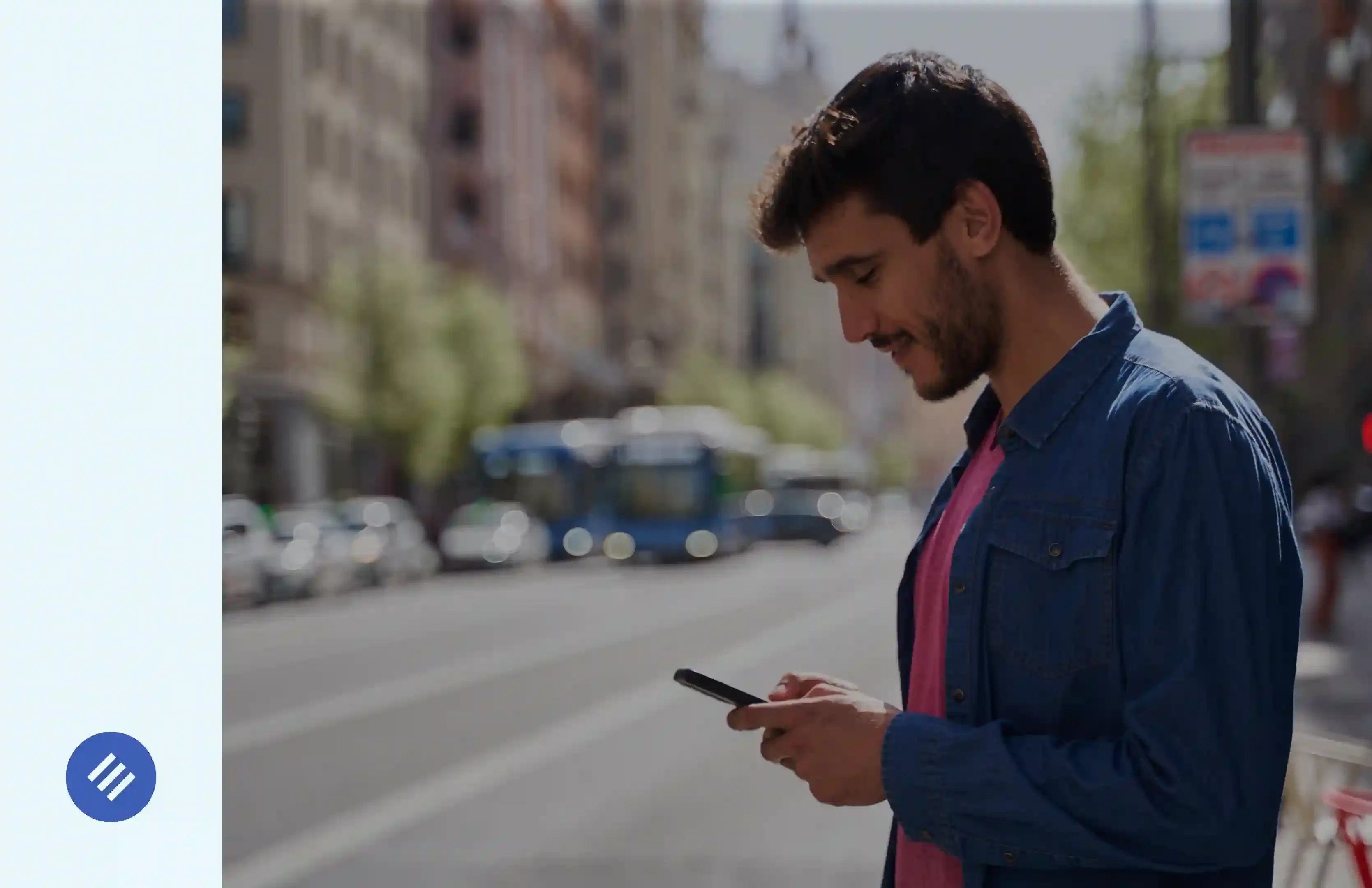
.webp)
.webp)


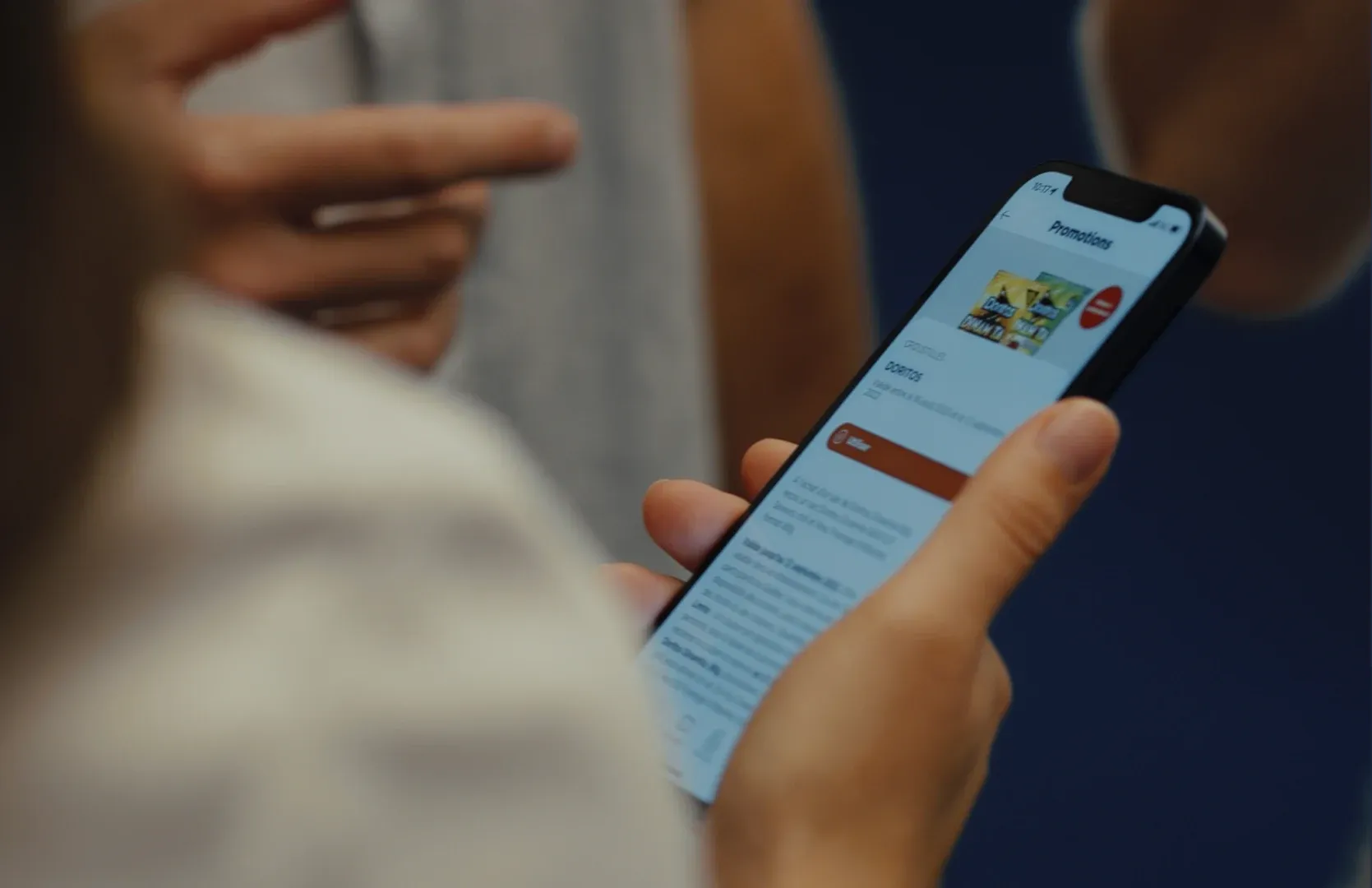
.webp)
.webp)

Oct 29, 2024
AI driving innovation: A new Era for Mobile Apps and User Experience
Artificial intelligence (AI) represents a digital transformation that impacts us all. This rapidly advancing technology, fueled by data analysis, not only enables informed decision-making and reliable forecasting but also allows for the completion of many tasks at a faster pace.

Oct 15, 2024
Enhancing Product Management: Key to Success in Software Development
The distinction between product management and project management is essential for ensuring optimal productivity. It’s not enough to treat them as interchangeable concepts; it’s crucial to adopt a proactive approach to place the right resources in the right places.

Sep 24, 2024
Cybersecurity and Mobile Applications: Choosing the Right Authentication Method
Mobile applications are essential tools that handle personal data, access sensitive information, and are part of our daily lives. However, in an age where the term cybersecurity is on everyone's lips, ensuring the security of these applications and the information they contain is crucial.
.webp)



May 22, 2024
Optimizing Synergy with Your Software Development Partner
The digital realm, especially that of custom digital solution development, is constantly evolving—between fast technological advancements and changing consumer needs, it's quite challenging to predict what the future holds for web players.
.png)
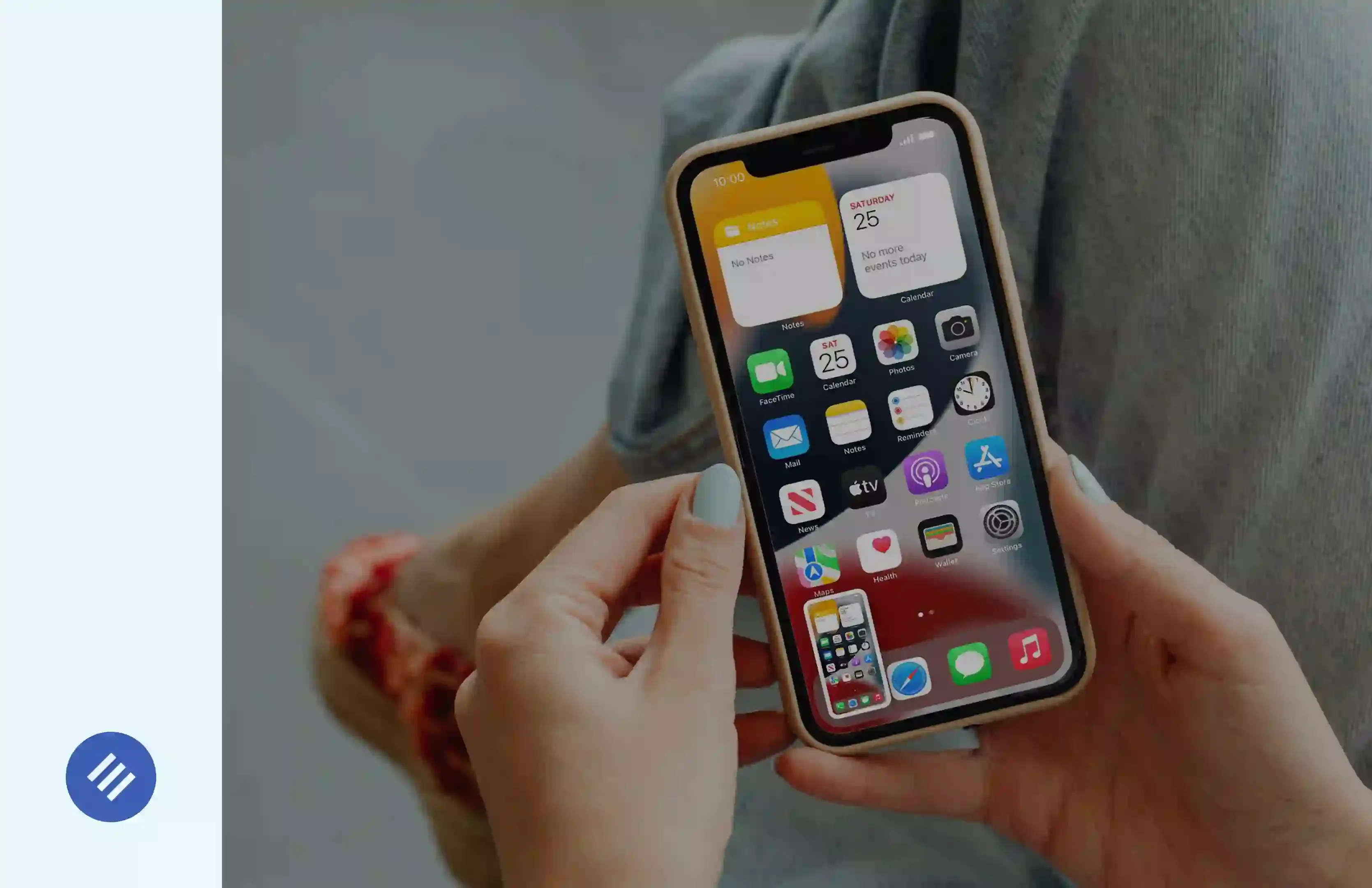

.webp)



.webp)



Oct 15, 2024
Pierre-Étienne Bousquet guest of "Les Affaires"
Our president and co-founder, Pierre-Étienne Bousquet, discussed with Jean-François Venne from Les Affaires the significant growth of digital technology in the retail industry and its impact on online sales, which are becoming increasingly crucial for revenue.


.png)
Jun 14, 2024
Recruiting an In-House Team or Hiring an Agency for Developing Your Application?
When embarking on a project as significant and important as developing an application, a crucial dilemma quickly arises: choosing between a specialized agency or recruiting your own in-house team to accomplish the work. One thing is certain, both options present distinct advantages and constraints.


.png)
May 3, 2024
Simplified Infrastructures for Enhanced Agility
At Thirdbridge, we believe that project-oriented teams deliver superior quality results, and do so more quickly. Given that they are responsible for the entire value creation flow, these teams can increase their velocity by eliminating bottlenecks themselves. Moreover, entrusting end-to-end flow responsibility to our developer teams makes their work even more engaging and motivating.
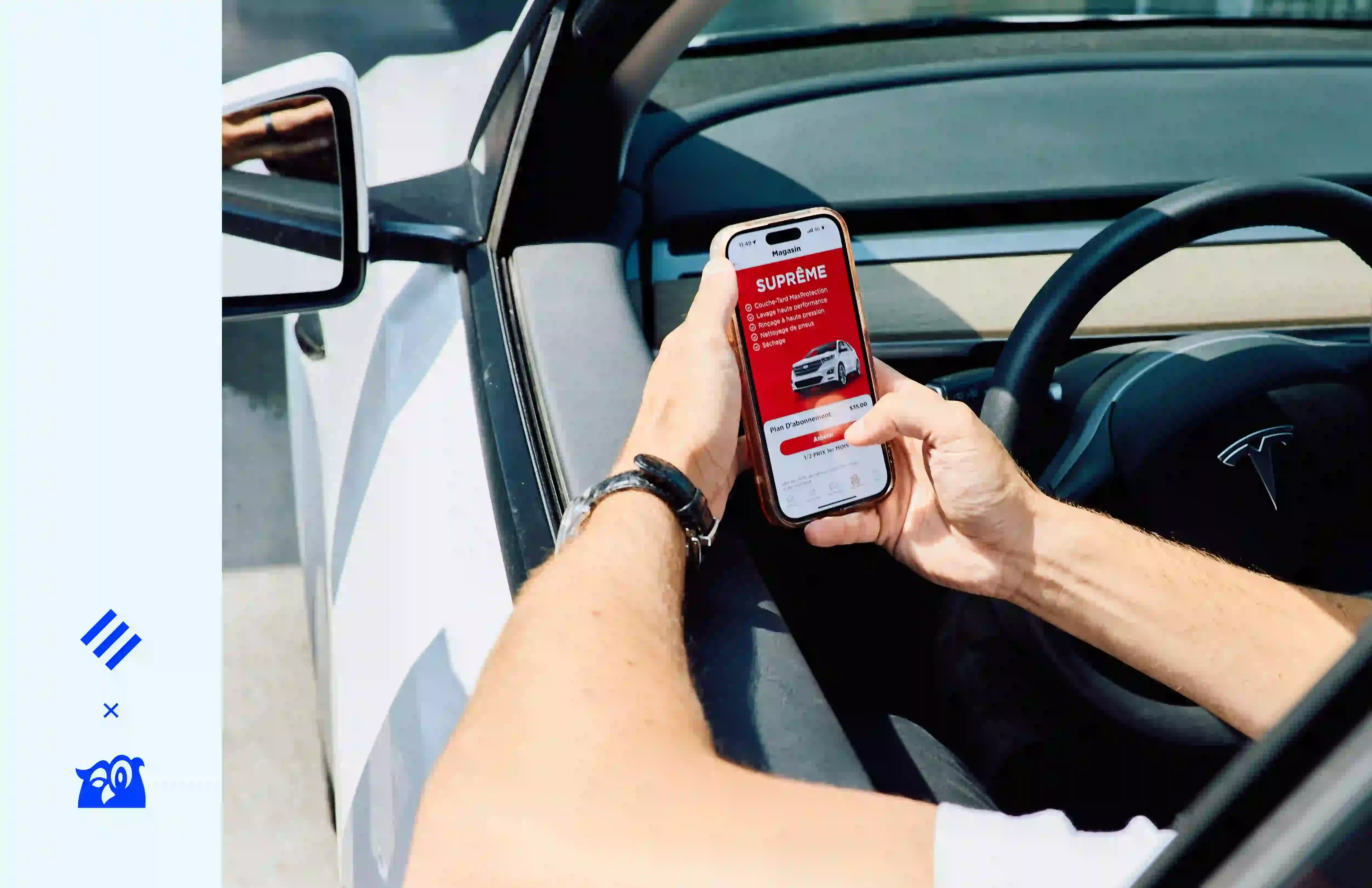

.webp)

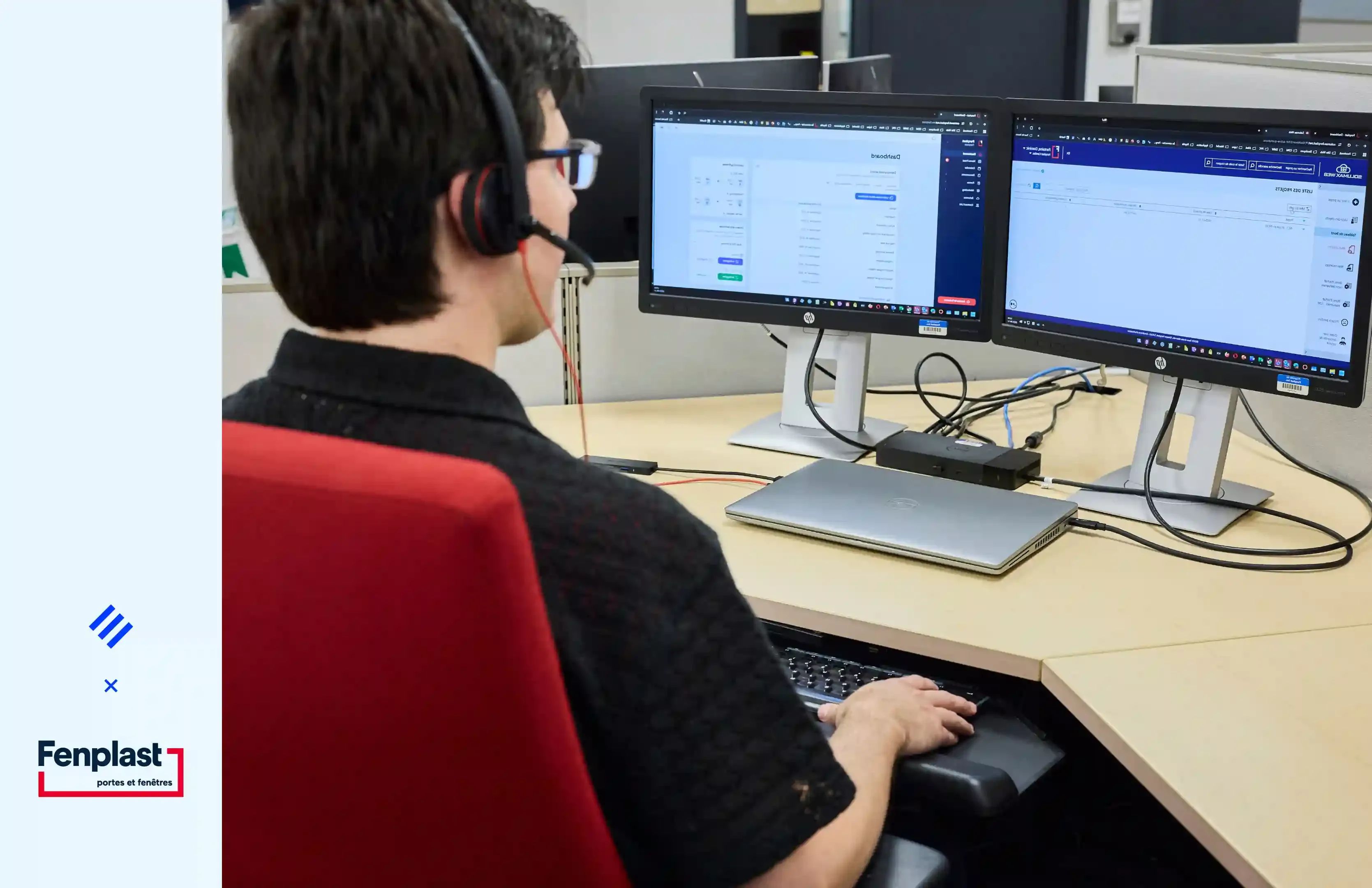




.jpg)